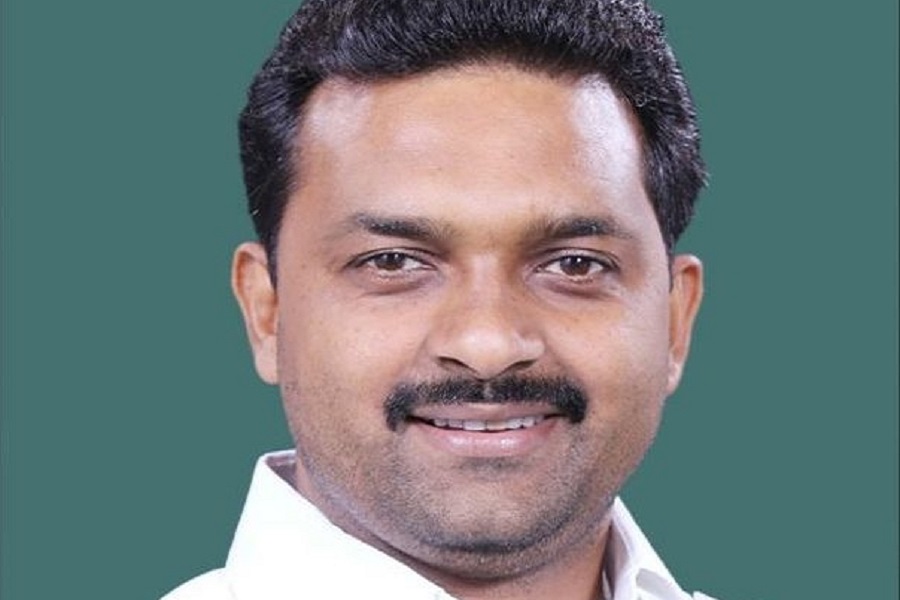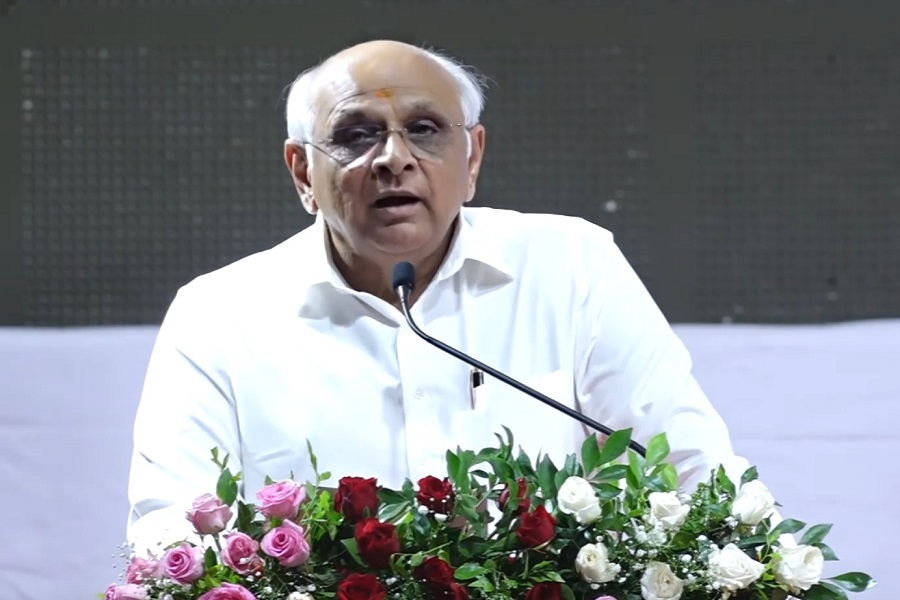The Economy Observer : `State` of Affairs - Combined fiscal deficit at just 34% of BEs in 1HFY23 By Motilal Oswal Financial Services Ltd

Despite low spending by states, total capex continues to spike
* Based on provisional data of the 19 states, total spending of all states grew 16.7%/14.5% YoY in 2Q/1HFY23, respectively. Total receipts, however, rose slightly faster at 20.9%/26.3% YoY during the corresponding periods. Consequently, the states’ aggregate fiscal deficit came in at INR1.7t/INR2.4t (or 2.6%/1.8% of GDP) in 2Q/1HFY23, respectively.
* As a percentage of budget estimates (BEs), while total spending was at 39.2% in 1H, total receipts were 42% of BEs over the period. Thus, states’ aggregate fiscal deficit was only 27.2% of BEs, the lowest in nine years during the corresponding period.
* An analysis of individual states suggests that two states – Maharashtra (MH) and Odisha (OD) – witnessed fiscal surpluses in 1HFY23. Some large states such as – Karnataka (KA), Gujarat (GJ), Tamil Nadu (TN), Uttar Pradesh (UP) and Madhya Pradesh (MP) posted very small deficits (less than 30% of BEs), while Bihar (BH) and Andhra Pradesh (AP) have already breached their full-year targets in 1HFY23.
* Unlike in 1QFY23, states’ total receipts were primarily driven by ‘transfer from the Center’, as ‘states’ own receipts’ grew slowly last quarter. Within the transfers, although ‘grants’ dipped 5% YoY in the quarter, tax devolution to states surged.
* Within states’ spending, while revenue spending grew (at 16.5% YoY) at the fastest pace in almost six years, capex (excluding loans & advances, and L&A) grew just 9% YoY in 2QFY23, posting its first growth in three quarters. Consequently, while revenue spending was 41.7% of BEs, states’ capex was just 26.5% of BEs in 1HFY23.
* Combined financial accounts of states and the central government confirm that while total receipts rose 18.5%/20.4% YoY in 2Q/1HFY23, total spending grew slower at 14.4%/14.2% YoY in 2Q/1HFY23, respectively. Further, notwithstanding just 2.2% growth in states’ capex, combined capex surged 29.2% YoY in 1HFY23, almost entirely driven by the Center.
* Assuming ~16% YoY growth in nominal GDP in 2QFY23, our calculations suggest general government (GG) fiscal deficit was at 6.8% of GDP in 2QFY23 and 6.6% of GDP in 1HFY23. It means that combined deficit was just 34% of BEs in 1HFY23 v/s an average of ~68% in the pre-COVID period (FY18-FY20), the lowest in 12 years.
* Overall, higher spending by the Center is offset by weak states spending. Considering buoyant receipts, such low spending growth (especially capex by the states) is puzzling. However, we note that ~60% of annual spending by states occurs in the second half, and thus, one could hope for a pick-up in 2HFY23. Nevertheless, considering that the states borrowed less-than-planned in Oct’22 (~94%) and are likely to borrow only 70-75% of the calendar in Nov’22, it is clear that states’ spending and deficit in FY23E will be much lower than the targets.
To Read Complete Report & Disclaimer Click Here
For More Motilal Oswal Securities Ltd Disclaimer http://www.motilaloswal.com/MOSLdisclaimer/disclaimer.html SEBI Registration number is INH000000412
Above views are of the author and not of the website kindly read disclaimer





















